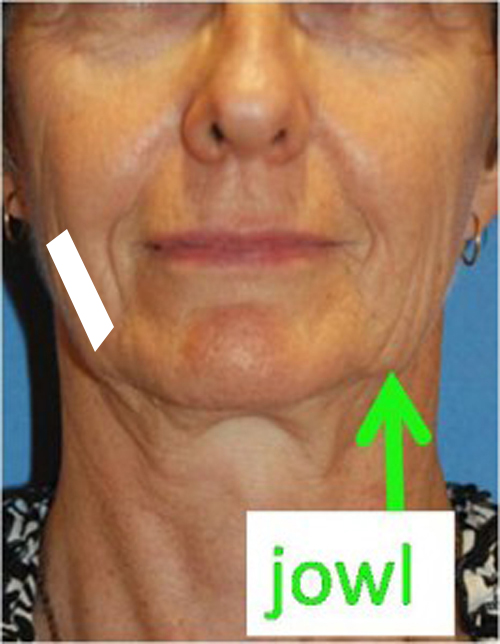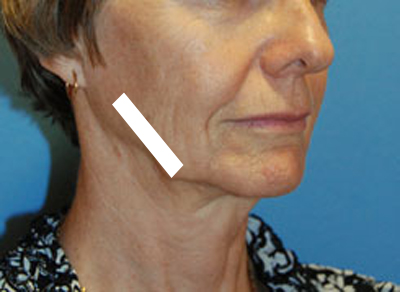Facelift Swelling a discussion by Seattle | Bellevue’s Dr. Philip Young
One of THE most common questions after a facelift is how to decrease the swelling. For the recovery, we generally tell people that you should expect 60% of your healing at 6 weeks, and 80-90% of your healing at 6 months. Although this seems like an eternity, most of your visible healing will be really in the first week and first month. We are going to cover some of the ways to decrease your swelling below:
During the first month and less in 6 months, you can use steroids to help your swelling. When do you use oral and injection type of steroids? Oral steroids are best used when your swelling is general and involving a larger area of your face and neck. Oral steroids will be helpful reducing this wide expanse of swelling. You need to make sure that you don’t have any possible infections though, as the risk of steroids can include increase chances of infection. Oral Steroids, long term, can make you immune-compromised and susceptible to infections or worsening of your infections. So we suggest reading about any risks of medications first before using any prescriptions for the first time. Medrol Dose Pack is one of the most common oral steroid medications given. Usually the duration for the oral administration of steroids is usually short lived and many of the complications of oral steroids are much less common. We usually prescribe oral steroids for one week and at the most 2 weeks
Injections of steroids are usually considered if the swelling is localized to a small area. We then inject Kenalog to help decrease the swelling. The benefits of the injections of steroids is that the action of the steroids is usually limited to the area that is being injected. The effect of the steroids given locally is more powerful and the results are many times seen faster than when oral steroids are given. The risks of injections of steroids is less when it comes to the systemic effects. There is less likelihood of the steroids being absorbed and causing effects throughout the whole body. But injecting steroids also will have less of an effect on the general swelling after a face lift and facial rejuvenation. Some of the main risks are the possibility of forming extra blood vessels in the area of the injection. There is the risk that steroids can lead to a depression that at times that can be very noticeable to the point of looking like a scar itself. The skin can also get thin and brittle in the area of steroid injections. But we tend to use the injection of steroids to take care of localized swelling. We are usually conservative rather than aggressive to avoid some of the risks of the injections of steroids noted above.
Although this technique might seem a little rudimentary or archaic, the use of tape to prevent the recurrence of swelling and the swelling that is present can be powerful. Using tape in the right way is almost like having you place your own finger on the area of swelling, just not as direct and as strong. But, this technique can still work. Below is an image of a face. Imagine that the jowl is an area of swelling. The way to use tape is to apply one end of the tape on the most elevated part of the swelling. What you do then is to pull on the elevated swollen area with the tape in the direction of the middle of the ear (as represented by the white striped area in the picture below). This pressure of the tape pulling will improve the swelling over time and also prevent swelling that has been reduced through either aspiration or massage. This is most effective during the early part (first 3 weeks after your procedure )of the healing phase. Typically, we like to leave this tape on for about a week.

Below is a picture that shows how the tape would be from the side of the face. The best way that the tape will work is through the end of the tape residing on top of the most elevated part of the swelling. The pulling of the tape towards the ear will serve as the pressure holding additional swelling down or preventing more swelling from coming back. In the picture below, with the tape, the swelling (represented by the jowls) should be pulled up and flattened by the tape once you are done setting the tape down.

The other way to improve your swelling is to apply pressure through the pressure dressing. We usually suggest using gauze and an ace bandage 4 inches wide. The key is not to apply too much pressure by pulling on the ace bandage when you wrap it around the face and neck. But you should really just lay the ace bandage on with very little pull. Then with the gauze you can place it underneath the ace bandage just where the swelling is located. This extra pressure will really help the swelling to go down. Another technique is to actually tape the gauze onto the swollen area and then apply the pressure dressing. This approach will allow the tape and gauze to stay in place while the ace bandage applies the pressure from above. With the application of the ace bandage, you can pull a little tighter, however the key is to make sure that you are not blanching the skin. If in doubt, do it looser. You can check for blanching by lifting up on the ace bandage and checking to see if the skin turns white and loses its blood flow. The skin should still be pink and vasularized. If it turns white right after you lift up the ace bandage from the skin then it is too tight. If the skin remains blanched, the pressure will cause your skin to die in the area of the blanching. So this point is very important. We will have a video showing these things shortly. You are welcome to email us any questions.
We have seen many questions on the internet regarding face lift swelling early on. Sometimes this swelling could be associated with fluid accumulation and it could be also a bloody fluid accumulation. This blood accumulation is commonly called a hematoma. It can be associated with a bruised or “black” eye. In this setting, aspiration or controlled liposuction can make a huge difference. After this you will need close follow-up. We usually see the person the next day to make sure that this accumulation has not reoccurred. If this re-accumulates we would re-aspirate / or use control liposuction again and then consider a drain. If there is a drain already, we would see if this method works this second time around. If the fluid persist, sometimes you have to reopen the area and search for a source of the bleeding. This happens rarely though. Afterwards, pressure dressings with the ace bandage and taping as described above can help early on. If there is persistent swelling 1-2 weeks later, then we would consider steroids both orally and injections. We tend to reopen the wound to search for bleeding the first time if the fluid accumulation is rapid and putting a lot of pressure on the skin. This takes some experience to figure out the difference. But, if the swelling and fluid accumulation is making your skin feel really tight and the wound is still oozing by the time you come into the office, it would point towards the need to reopen the wound. Again, this is a rare occurrence.
